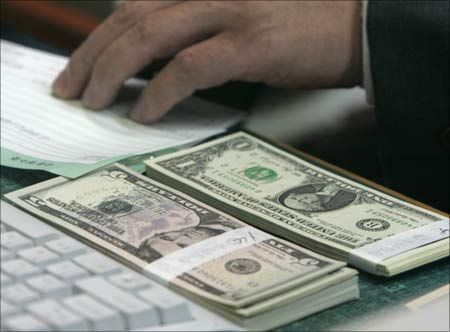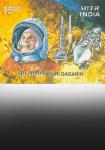Year-to-date returns are negative for the latter, positive for the former
 Local rupee investors’ returns in the market turned negative on a year-to-date basis on Thursday, when the market crashed about 650 points.
Local rupee investors’ returns in the market turned negative on a year-to-date basis on Thursday, when the market crashed about 650 points.
There was little change on Friday, when the Sensex gained one point to close at 27,458.64.
For an investor, his portfolio would be worth less than at the year’s start.
However, a dollar investor would still be in the black.
The S&P BSE Sensex YTD return was a negative 0.15 per cent when trading closed for the week.
The Sensex is a 30-stock index, whose returns are held to represent how the market is doing.
The S&P BSE Dollex, an index with the same constituents but adjusted for changes in the dollar-rupee exchange rate, is up 0.8 per cent.
The rupee has gained from over Rs 63 levels against the dollar at the beginning of the year to Rs 62.41 on Friday, according to Bloomberg data.
A rising rupee is a tailwind for dollar investors.
In other words, when the rupee is rising, a foreign investor loses less money in a falling market than a local investor, making more when the market is rising.
The main beneficiaries are foreign institutional investors, which had equity assets worth Rs 19.6 lakh crore (Rs 19.6 trillion) at the end of 2014.
They have been net buyers by Rs 36,208 crore (Rs 362.08 billion) so far in 2015, shows depository data.
“The currency has not depreciated compared to other emerging markets (EMs),” says P Phani Sekhar, fund manager at Karvy Stock Broking.
But, he adds, even without the currency tailwind, there is little in the way of alternative investment avenues for foreign flows, noting other large EMs, such as China, are slowing.
Vikas Khemani, president and chief executive officer, Edelweiss Securities, said additional foreign institutional inflows are likely to be contingent on domestic factors and company fundamentals.
“The currency will not have much impact on flows. Investors will look for an uptick in earnings and economic activity before taking a call,” he said.
While India has largely stood its ground compared to the weakness in other EM currencies, the trend might not be towards appreciation, according to Kotak Securities’ March 19 Economy report, authored by Indranil Pan, Suvodeep Rakshit and Madhavi Arora.
“Dollar/rupee is expected to see some depreciation pressure as the US Fed raises interest rates in line with other Asian currencies. . .
“With India’s inflation likely to average 5.5 per cent and US inflation at two per cent, the average annual depreciation of the rupee against the dollar should be 3.5-4 per cent.
“For FY16, we expect dollar/rupee to stay in a broad range of 62.5-65.5,” it said.
Image: US dollars. Photograph: Reuters












 © 2025
© 2025